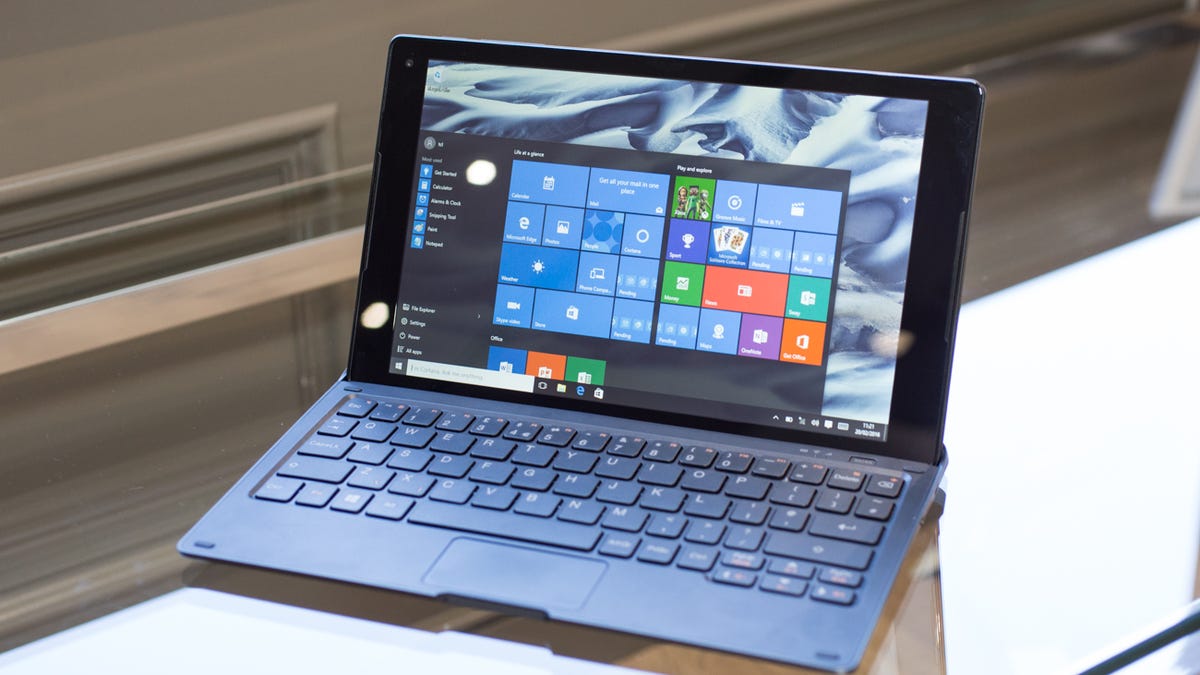Microsoft's Windows 10 upgrades are getting even more sneaky-pushy
If you've been deliberately ignoring those upgrade popups, watch out for a new twist they're taking.

Microsoft has a new way of trying to get Windows 10 onto your computer, whether you want it or not.
Users of Windows 7 and 8.1 have become familiar with -- jaded by, even -- the insistent, seemingly daily popups urging them to "Get Windows 10." Those messages have started taking a more aggressive turn.
Instead of simply giving you the option to install its latest operating system (or not), Microsoft now automatically schedules a date and time to update your PC to Windows 10. If you don't want the software update or if you want to change the installation date, you have to take deliberate action: manually click a link in the message, then choose to reschedule it or cancel it altogether.
Kinda sneaky, isn't it? Especially compared with the messages you've been seeing. If you click the OK button, thinking you're just getting rid of the message, the automatic update is scheduled. You'll then find Windows 10 on your PC sometime over the next several days without realizing that you agreed to it.
"We updated Windows 10 to a 'Recommended' update for Windows 7 & 8.1 customers whose Windows settings are configured to accept 'Recommended' updates on Thursday, May 12, 2016," a Microsoft spokeswoman said. "We added the additional notification based on user feedback and to ensure customers had an opportunity to change or cancel the schedule for the upgrade to Windows 10."
Following the debacle of the little-loved Windows 8, Microsoft has been working hard to convince people to jump to Windows 10, which is available for free to users of Windows 7 or 8.1. That freebie, though, is due to end July 29, the one-year anniversary of version 10's debut. After that date, people will have to pay to upgrade. In other words, they'll have even less incentive.
The latest version of Windows has been making inroads. Earlier this month, Microsoft announced that Windows 10 had found a home on 300 million active devices, a tally that includes PCs, phones and the Xbox One game console. That's nearly a third of the way to the software giant's goal of reaching 1 billion Windows 10 devices within two to three years of the software's release.
Likewise, Windows 10 leapfrogged both Windows 8.1 and the aging, enduring Windows XP earlier this year to become the second most widely used version of the software that once defined personal computing for many. Windows 7 remains top dog, accounting for nearly 50 percent of desktops running versions of the operating system.
After July 29, upgrading to the Home version of Windows 10 will cost $119, while the Pro flavor will be priced at $199. Oh, and sneaking in there sometime this summer, possibly in July, will be another freebie offer: the Windows 10 Anniversary edition, sporting enhancements to the Cortana personal assistant and the Hello login feature, along with support for the HoloLens augmented-reality headset.

